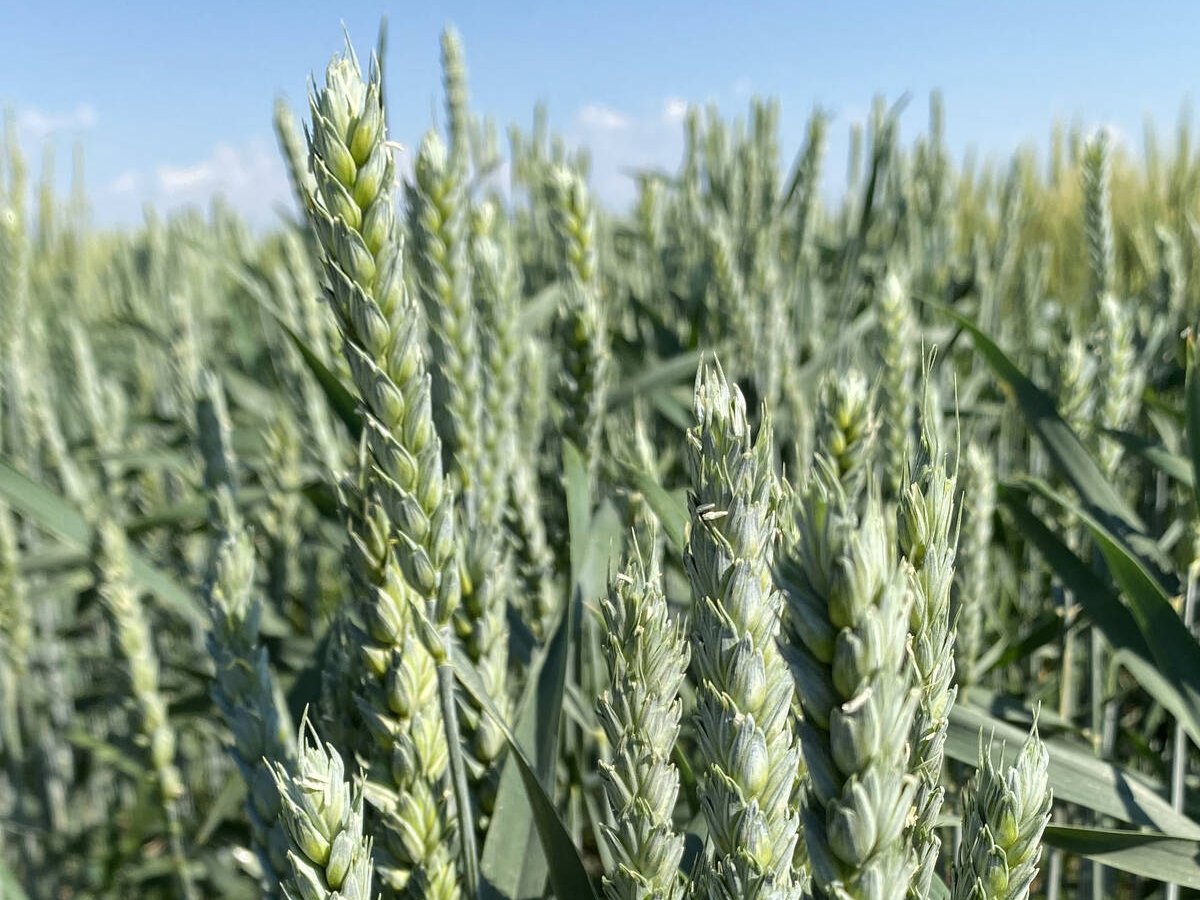India driving speedy sales | Large export numbers today may benefit farmers who hold on to peas into the winter months
Exporters are shipping out peas at a frantic pace, which should lead to a firming of prices through the winter months, say analysts.
Bulk shipments exceeded one million tonnes through Week 13 of the 2014-15 marketing year, up 49 percent over the same time last year. That doesn’t include container shipments.
“Probably by the end of October at least 1.5 million tonnes of peas were exported,” said Brian Clancey, editor of Stat Publishing.
“That’s 50 percent above the previous record for the quarter.”
It would mean that more than half of the 2.8 million tonnes of exports that Agriculture Canada is forecasting for the entire year has already been shipped, suggesting the pace of exports needs to slow down in a hurry.
Read Also

Discovery promises big wheat yield gain
University of Maryland researchers have discovered a gene that produces three grains per wheat floret instead of the usual one.
However, that doesn’t appear to be happening.
The Canadian Grain Commission reports 81,700 tonnes of peas were shipped in Week 13, which is the same pace as the average weekly shipments over the previous 12 weeks.
Marlene Boersch, managing partner of Mercantile Consulting Venture, said sales to the Indian subcontinent have been outstanding.
India waited to buy peas well into winter last year, and by then Canada was struggling with its rail transportation problems. As a result, importers couldn’t get the product they desired.
“They were very careful and front-end loaded a bit this year, and that has been very helpful,” she said.
There has also been a surprisingly strong sales program to Bangladesh, which has also been front-loading purchases.
The increase in sales to the Indian subcontinent is more than offsetting slumping exports to China, which appears to be back-loading its pea program.
Boersch said there doesn’t appear to be any let-up in demand for the foreseeable future, which means peas will be relatively scarce in the second half of the marketing campaign.
“It bodes well for firm markets in the latter half of the year. The same is true for lentils, by the way,” she said.
Boersch believes yellow peas are undervalued at today’s prices of $6.50 to $6.75 per bushel.
“I think peas clearly will move above the $7 per bu. mark,” she said.
“If I were a grower, I would wait into the winter time to market more.”
Clancey believes China will start buying peas in the new year. Importers bought a lot of Canadian peas earlier in 2014, and inventory is still sitting on the docks.
He expects Chinese demand to pick up once importers chew through that supply.
Clancey said pea prices may temporarily subside as the pace of exports slows, but they can’t fall too far because feed grain prices have risen from their summer lows.
“The bottom of the market has come up, and even with a softening in export demand, you have that (feed) market sitting there, which could absorb some of this stuff,” he said.
Clancey said prices will have to rise to ration demand if pea exports remain strong so that Canada doesn’t run out of the crop long before the end of July.
India will likely continue to be a big buyer throughout the year.
G. Chandrashekhar, associate editor of the Hindu Business Line, estimates total pulse production in India in 2014-15 will be 17.5 million tonnes, down from 19.3 million tonnes the previous year.
The 1.8 million tonne shortfall would usually be met through increased imports, but it may expand by only one million tonnes because of lingering uncertainty about India’s chickpea import duty.
Chandrashekhar said in the November issue of Saskatchewan Pulse Growers’ Pulse Market Report that India extended the import duty exemption on chickpeas only to Dec. 31 rather than the March 31 extension for other pulses.
“This extension of the duty exemption for such a short duration has created uncertainty in the minds of traders,” he said.















